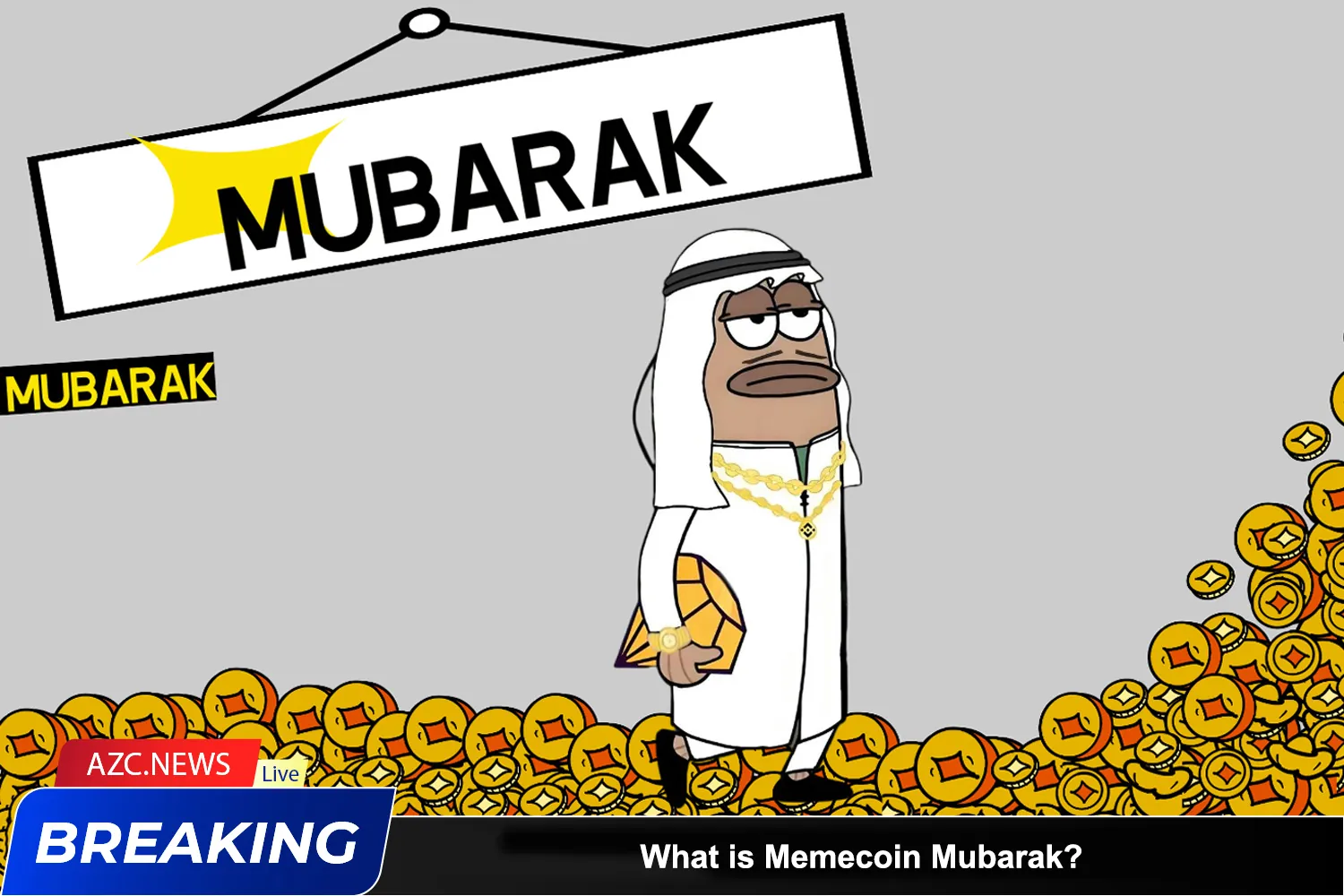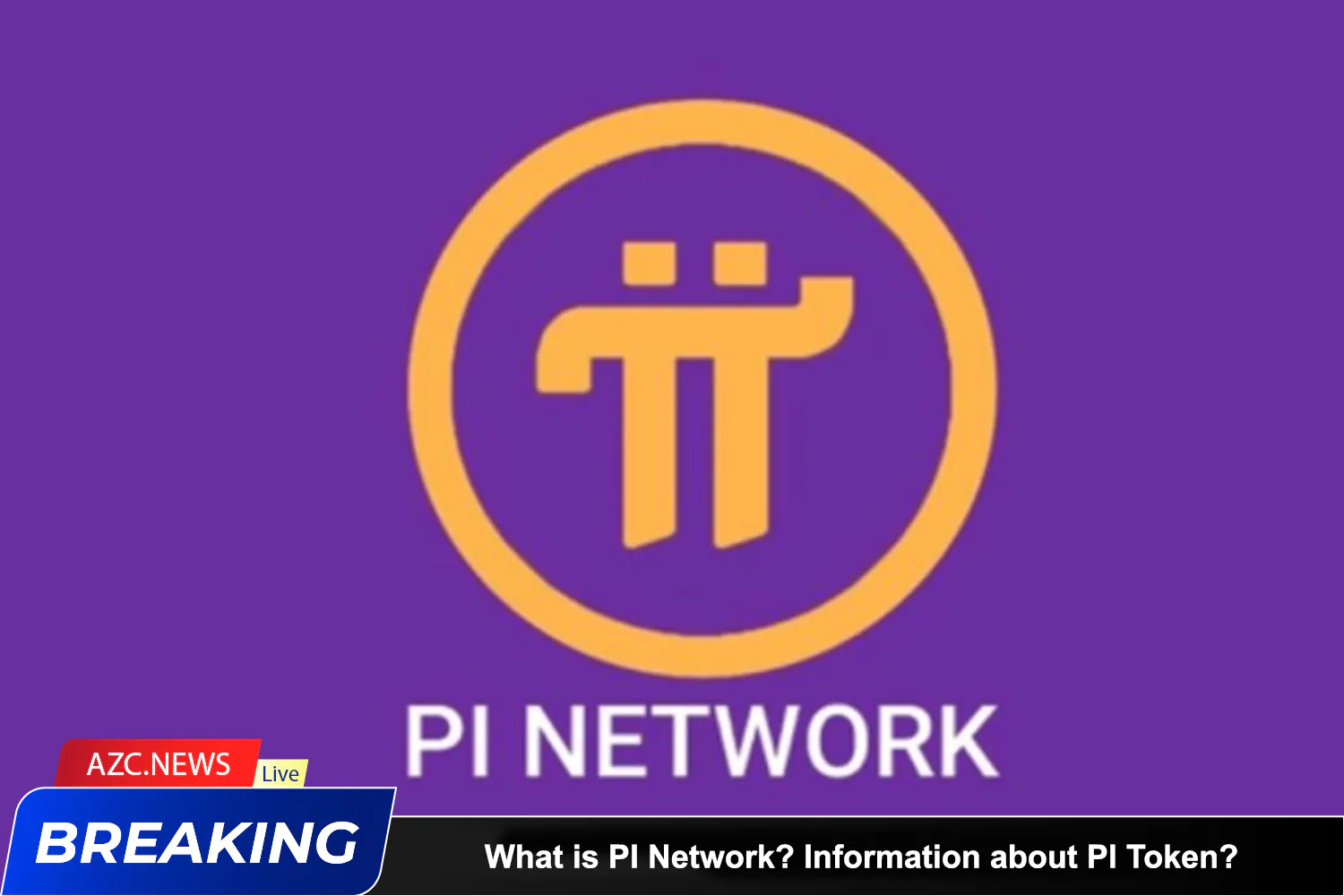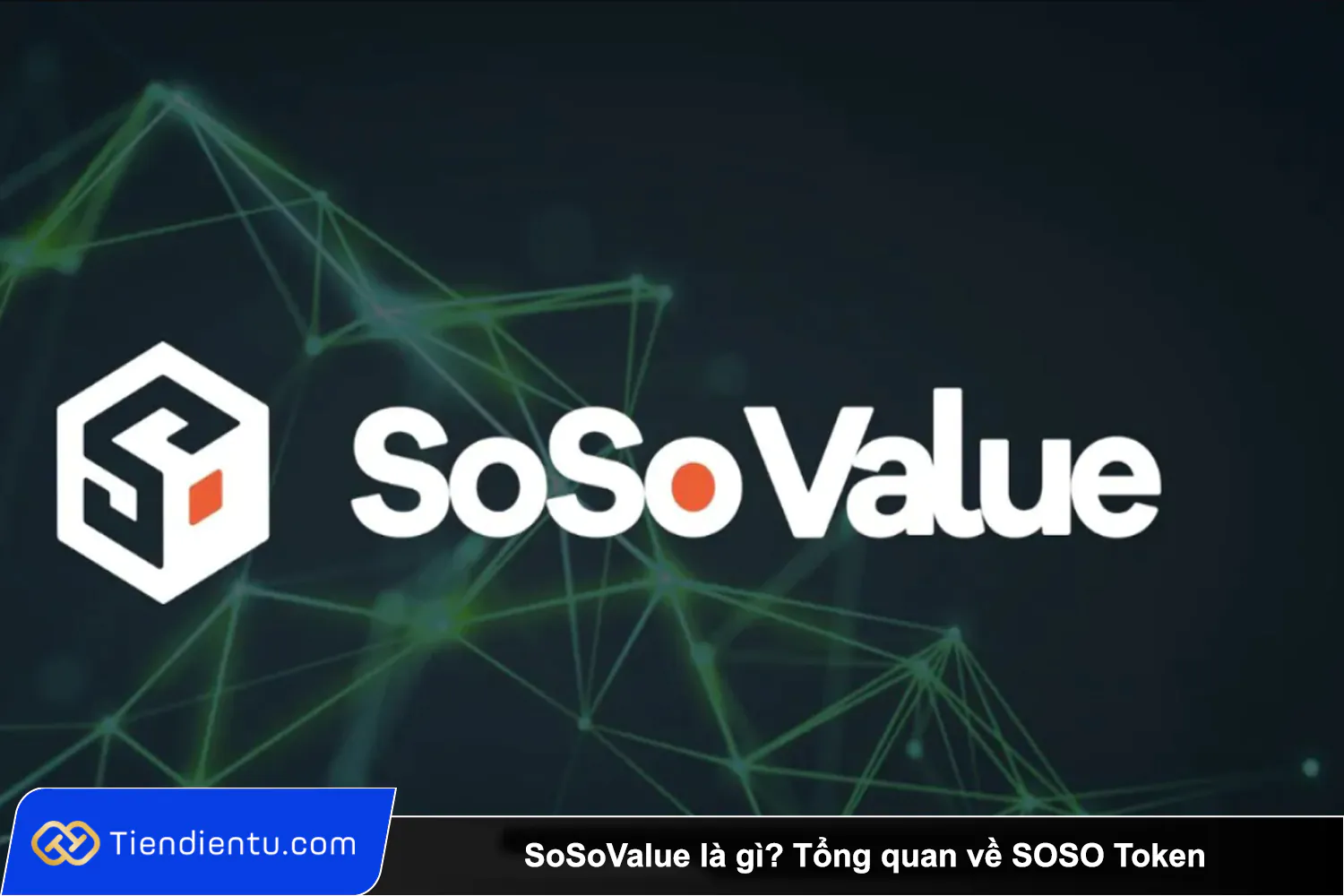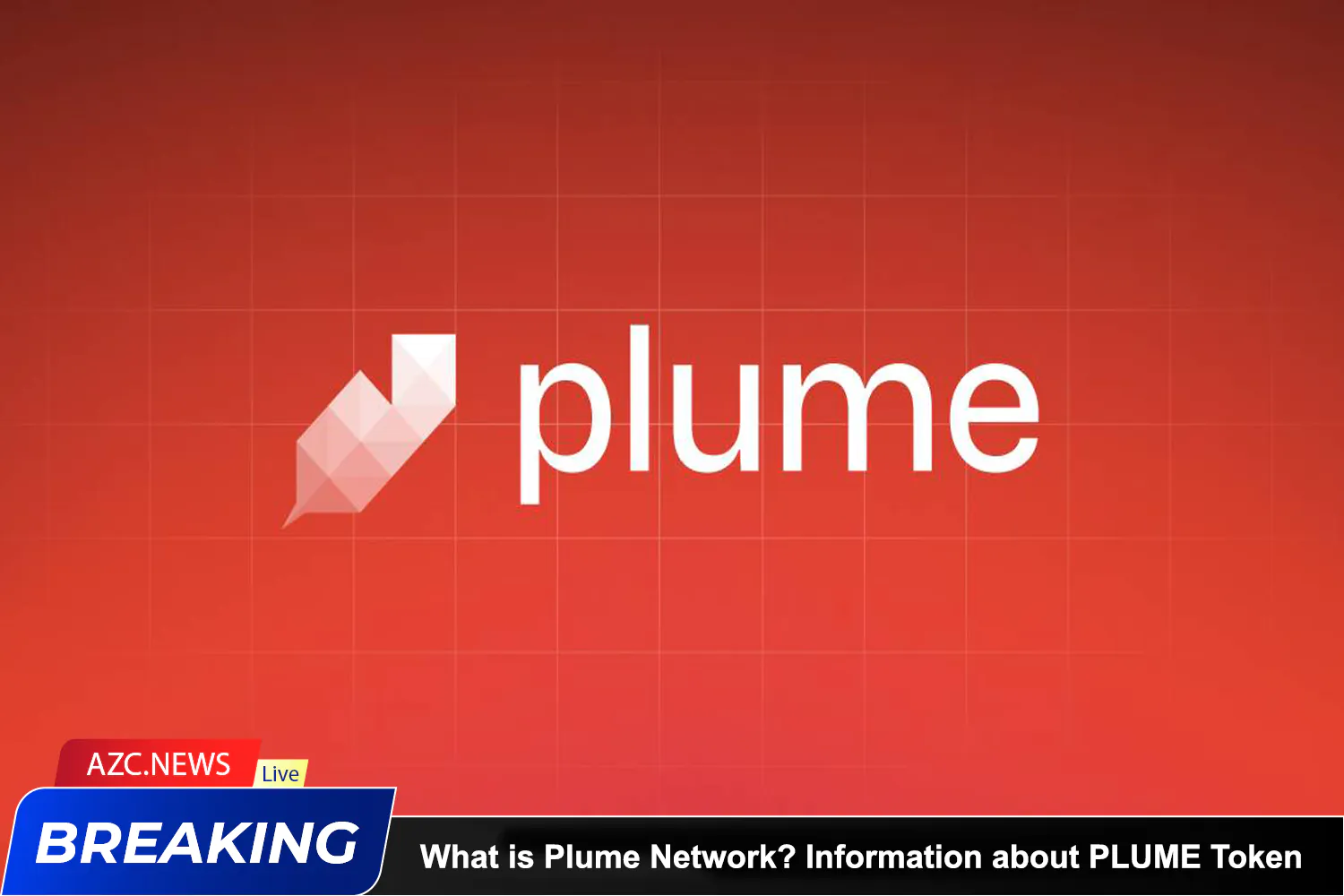What is GMX?
GMX is a decentralized spot and perpetual exchange project, initially operating on BSC, and after successful product development on Arbitrum has completely moved its operations to Arbitrum. As one of the first perpetual contract exchanges on Arbitrum, GMX attracted a lot of users, then continued to expand to Avalanche.
https://gmx.io/
GMX provides traders with a full set of tools for spot trading as well as long/short, emphasizing the advantages of cost savings, no price spreads, no funding rate, minimizing the possibility of liquidation. Currently, the project is considered a competitor to other names such as dYdX, Perpetual, MCDEX,… The project’s Tokenomics is also very special, which I will talk about in more detail in the next section.
Special features of the GMX project
GMX can help traders trade at low costs, without the risk of price fluctuations. To do this, private liquidity pools must be used and transaction prices will be determined by Chainlink’s Oracle, using TWAP (Time Average Price) from major DEXs.
GMX operates on both blockchains, Arbitrum and Avalanche, both of which have low transaction costs and high speeds, helping users have a good experience, saving time and costs.
GMX operates with a relatively different AMM model to accommodate large liquidity without relying too much on TVL.
Operational model
GMX is an exchange with a rather special operating model. The project does not apply an order-book model like dYdX, nor does it use an AMM pool like Perpetual Protocol. GMX has its own liquidity pools and prices will be traded based on oracle prices.
When trading Spot ETH-USDC:
-
Users transfer ETH into GMX’s ETH pool and will take USDC from USDC Pool to transfer back to the user and all process will be based on price from Oracle – Chainlink.
When trading Margin and Perpetual blows, ETH-USDC x5:
-
Users use x5 leverage, based on the price from the oracle, and trade as usual, the project will implicitly mean that the user is borrowing x5 USDC to buy ETH.
Note: when trading with leverage
-
Transaction Fee: Initial transaction fee to open position.
-
Lending Fee: Loan fee to increase leverage.
-
Spread: The small fee paid to the exchange (intermediary).
Liquidity provision model
All liquidity that users provide will be converted into GLP tokens, and when they no longer want to provide, users can exchange back from GLP to any asset in the pool.
So GLP is the token that represents all liquidity pools on GMX. It can be understood that GLP is an index representing a basket of assets used to provide liquidity.
=> When providing liquidity on GMX, users are providing liquidity for all assets on it, not just 1 token. In conclusion, investing in GLP tokens also means investing in the index with the following ratio:
GLP
Overview of GMX Token
Let’s learn about the project’s token
Basic information
-
Token Name: GMX
-
Ticker: GMX
-
Blockchain: Arbitrum, Avalanche
-
Contract Arbitrum: 0xfc5a1a6eb076a2c7ad06ed22c90d7e710e35ad0a
-
Contract Avalanche: 0x62edc0692bd897d2295872a9ffcac5425011c661
-
Token type: Governance& Utility
-
Token standard: ERC-20, ARC-20
-
Total supply: 9,530,704 GMX
-
Circulating supply: 9,175,030 GMX
Token use case
Token GMX
GMX
When holding GMX tokens, users have the right to vote on governance activities and development directions of the project.
In addition, GMX token holders will receive a variety of rewards when participating in Staking such as:
-
Revenue sharing: users will receive 30% of total transaction fees, which will be paid in the form of AVAX or ETH tokens, depending on the chain the user uses.
-
Escrowed GMX (esGMX) reward: users receive esGMX tokens after staking tokens. The esGMX token is used in 2 ways: Continue to stake to receive back esGX and ETH similar to GMX or Vesting to convert to GMX within 1 year. During the vesting period, esGMX will not receive additional rewards.
-
Multiplier Point (MP) Rewards: Users receive MP at a fixed APR rate of 100%. After that, users can continue to stake MP and receive a reward equivalent to 1 GMX. Although this helps long-term investors maximize profits, unstaking GMX will have a proportional amount of MP removed.
Related: What Is Ethereum (ETH)? An Overview of the ETH Project
GLP
The GLP token is a token that represents a traded and leveraged asset index. Besides, GLP tokens can also be issued and removed thanks to collateral assets.
GLP token holders can receive esGMX rewards and 70% of the project’s transaction fees in ETH and AVAX depending on the user chain. However, the distribution fee will be calculated after deducting the referral reward and network manager fees (~1%).
GLP token is the exchange’s own token, cannot be traded directly, price and reward rate will vary between chains.
When GLP holders provide liquidity for leveraged trading, they make profits when leveraged traders lose, and vice versa.
Allocation
-
XVIX, Gambit Migration: 45.3%
-
Liquidity on Uniswap: 15%
-
Reserved for vesting from esGMX: 15%
-
Floor Price Funds: 15%
-
Marketing, partnerships and community developers: 7.5%
-
Team: 1.9%
GMX Token Allocation
Vesting Schedule
The team’s 250,000 GMX will be distributed evenly over 2 years.
The remaining tokens are mainly paid through esGMX and MP, so these tokens will not have a fixed payment schedule.
Where to buy, sell and own tokens
You can buy and sell GMX tokens on exchanges such as:
DEX:
-
Arbitrum: Uniswap, SushiSwap.
-
Avalanche: TraderJoe
CEX: Bybit, MEXC.
To interact with and store coins, users need to use wallets that support Aribitrum and Avalanche such as Metamask or Coin98 Wallet.
Project development team
Updating…
Investors and development partners of the project
Funding round and Investor
Roadmap & Update
-
August 31, 2021: Goes live on Arbitrum.
-
September 14, 2021: GMX Update 1.
-
November 3, 2022: Organized the “GMX Tradding Competition” event with a total prize pool of $250K.
-
November 26, 2021: GMX Update 2.
-
January 6, 2022: Launched on Avalanche.
-
May 20, 2022: GMX Update.
-
July 1, 2022: Update to improve user friendliness.
-
May 2023: Launch of Testnet version of GMX V2.
-
August 2023: Launching the Mainnet Beta version of GMX V2.
It can be said that although it is not visible, the development team is very diligent in building, following the proposed roadmap and has had positive results.
Similar projects
dYdX: Decentralized trading platform with many support features and Derivatives (derivative products), including Spot trading (spot), Margin (margin) and Perpetuals (perpetual contracts).
Perpetual: Protocol that allows issuance of perpetual futures contracts on any asset.
MCDEX: Decentralized derivatives exchange with the main product being Perpetual contracts.
Conclude
Through the above overview article about the GMX project, AZC News hopes readers will grasp basic information about this project to make their own investment decisions. Wishing you a successful investment!







